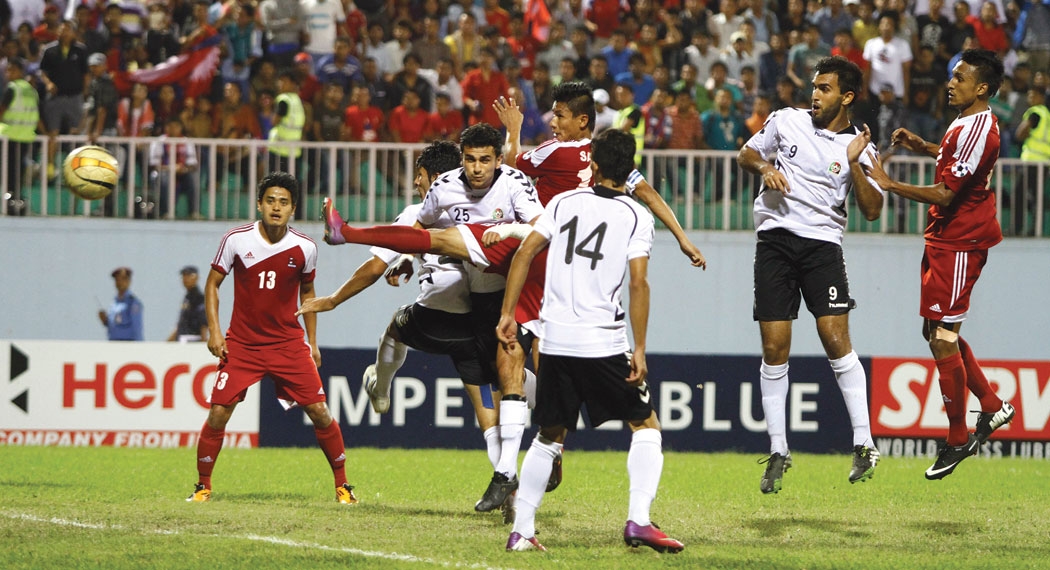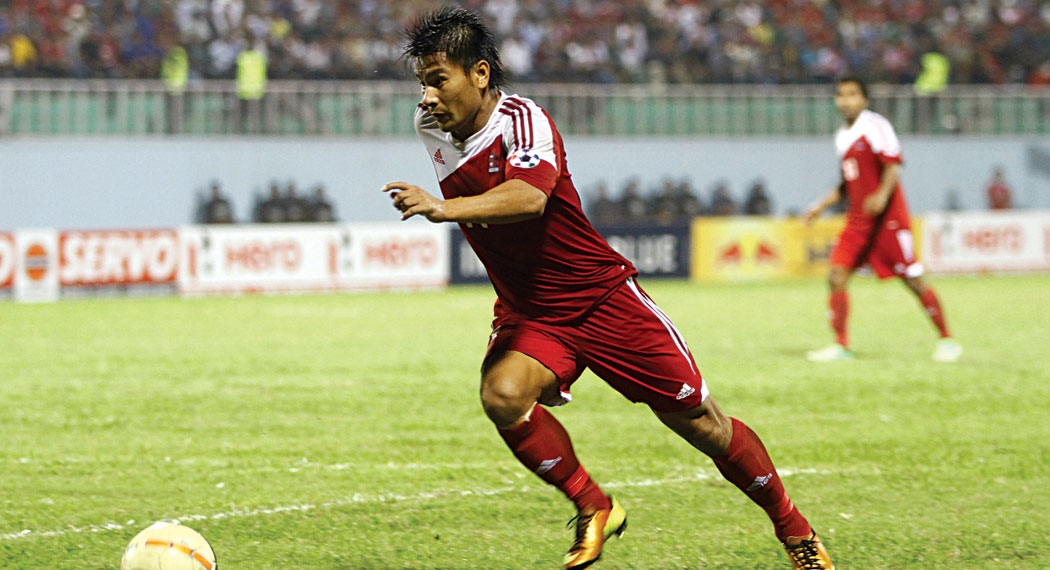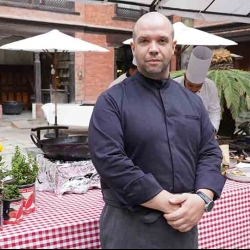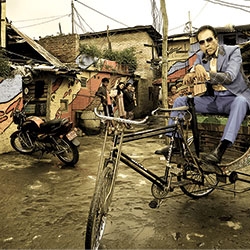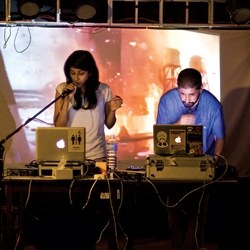Nepali cricket is reaching new heights with every subsequent match being played. But is professional football in the country ready to reach the same level of success?
It’s not often that a Manchester United v/s Liverpool game gets demoted to a smaller TV but on March 16, 2014 this was exactly what happened. The bigwigs of EPL got sidelined from the projector screens to a smaller screen as Star Sports 1 got aired. Team Nepal had made it to the World Cup, the T-20 cricket World Cup but a world cup nonetheless. The excitement is palpable as the screen pans to the locker room of the Nepali team in Bangladesh; the room is in an uproar when the camera zooms in on Paras Khadka’s jersey. A louder roar erupts when the screen shows the team getting off the team bus and entering the stadium.
But the most magical moment is when the team lines up for the national anthem. Even the stoutest of Premier League fans takes the time to ignore the biggest game in England to stand up and sing along with the stars on TV as the bar resonates with every verse of Sayou Thunga with pride and passion, supporting the team with every hit, every wicket, and every boundary. Nepal won that game and managed to finish level on points with Bangladesh, the hosts, in their group, although they did lose out in the next round by virtue of an inferior run rate. The performance marks the leaps Cricket Association of Nepal (CAN) has taken in only a decade since its establishment. Nepal is playing cricket in the biggest of stages.
As cricket took center-stage, the streets filled with blue jerseys of the cricket team, the red of the football team seemed to be lost in the furor. While CAN and cricket have jumped leaps and bounds, the All Nepal Football Association (ANFA) and football in Nepal are comparatively stagnant. Every Nepali dreams of seeing their team playing in the most popular sporting event in the world – the FIFA World Cup – along with the greatest in the game, but that remains a distant dream.
There are two ways to qualify for the FIFA World Cup. The first is to become a host nation. Considering that Nepal has but one “proper” stadium in the Dashrath Rangashala and looking at the current economic state of the nation, this most definitely is not the road for Nepal’s World Cup aspirations. The other road to the world cup is through the AFC qualifiers.
Now Nepal did participate in the qualifiers for the 2014 World Cup but were shell shocked by Jordan in their home ground. The Gorkhalis managed to come back red faced after conceding nine and scoring none in Jordan and managed to retain some pride in the return leg in a rain and mud soaked Kathmandu where they salvaged a draw. Jordan, to their credit, were one step short of making it to the World Cup themselves, after making it to the intercontinental playoffs only to be knocked out by Luis Suarez and his Uruguay side.
The situation in Nepal, however, does not seem to be improving. The management at the All Nepal Football Association is lackluster. Although the A Division League got revamped a couple of years ago with the introduction of the Super Six League, most of the clubs vying in the tournament are concentrated in the capital. To counter this, ANFA is trying to include teams from other regions as well and is trying to implement a home-away fixture list like in most other international leagues. However, in order to accommodate teams from other areas, ANFA will be forced to relegate teams in the existing A-Division, a move that might not sit well with many teams.
Apart from the uncertain structure of the list, the scheduling of the league does hamper player fitness as well. With the Dashrath Stadium and the Halchowk Ground being the only two venues used by ANFA for league matches and due to budgeting concerns, the league matches are scheduled almost every day during the season with many teams needing to play twice within a span of two to three days, which inadvertently doesn’t allow most to play at full fitness.
The national infrastructure in itself is a drawback. The Dashrath Stadium is the only stadium that meets international standards while the practice grounds are at a premium as well. The only non-departmental club in the capital that has its own field is Jawalkhel Youth Club, with all other clubs needing to reserve grounds to practice on.
Professionalism is another major concern. When asked about the major problems faced by Nepali football at the moment, most players including Robin Shrestha and Kiran Chemjong, point out the lack of professionalism in the game. Granted, football can be viewed as a proper full-time profession today due to a major hike in paychecks for national level players, for most to reach that level is a huge ask. Only a few players are given long term contracts as most are on the team on verbal agreements. Most teams can’t even afford to pay their players on a monthly basis.
Robin Shrestha also points out the lack of a proper training system in the country. “The only real training the players receive,” he says, “is during the closed camps held before international matches. The training at the club level is almost non-existent and most of the training is done by the players themselves. The managers and the coaches just come into the field to tell them the basics of crossing or shooting and then leave them on their own.”
Asked about the possibilities of the nation reaching the FIFA World Cup in the near future, all the players I ask laugh. The FIFA World Cup is a huge ask, a stage we may not get to for a few more generations to come. Even the AFC Asian Cup is unreachable due to the relative low position on the FIFA rankings which makes it compulsory to go through tedious rounds of qualifying for such grand tournaments. The more realistic aim should be the SAFF tournament which according to the players is the piece of silver Nepal can bring home. And it was in this tournament that the team showed what they were capable of this year, reaching the semi finals only to lose to Afghanistan by a narrow margin in that thrilling match. If only we had managed to score that penalty.
The Youth Academy will have to churn out more players of Bimal’s caliber. Only then will we be able to fulfill our dreams of playing in the world Cup
It was also at that tournament that we first tasted the fruits of the burgeoning youth system of the country. It was Bimal Gharti Magar who shone in the tournament with his late goal against Pakistan that ensured we qualified for the next round. Part of the ANFA youth setup, Magar was captain of the under-16 side when he was called up to the senior squad for the tournament. A player with huge potential, the striker has since gone for trials at various European clubs including the Dutch powerhouse FC Twente and Belgian champions Anderlecht. He even managed to score a couple for Anderlecht’s youth side to take them to the next round of their youth championships. However, Bimal is only one fruit of the tree ANFA planted years ago. One good player won’t get you a winning team. The Youth Academy will have to churn out more players of Bimal’s caliber. Only then will we be able to fulfill our dreams of playing in the world Cup. Until then we might be better off setting our sights on the SAFF Cup while donning Germany’s or Spain’s jerseys during the World Cup.

